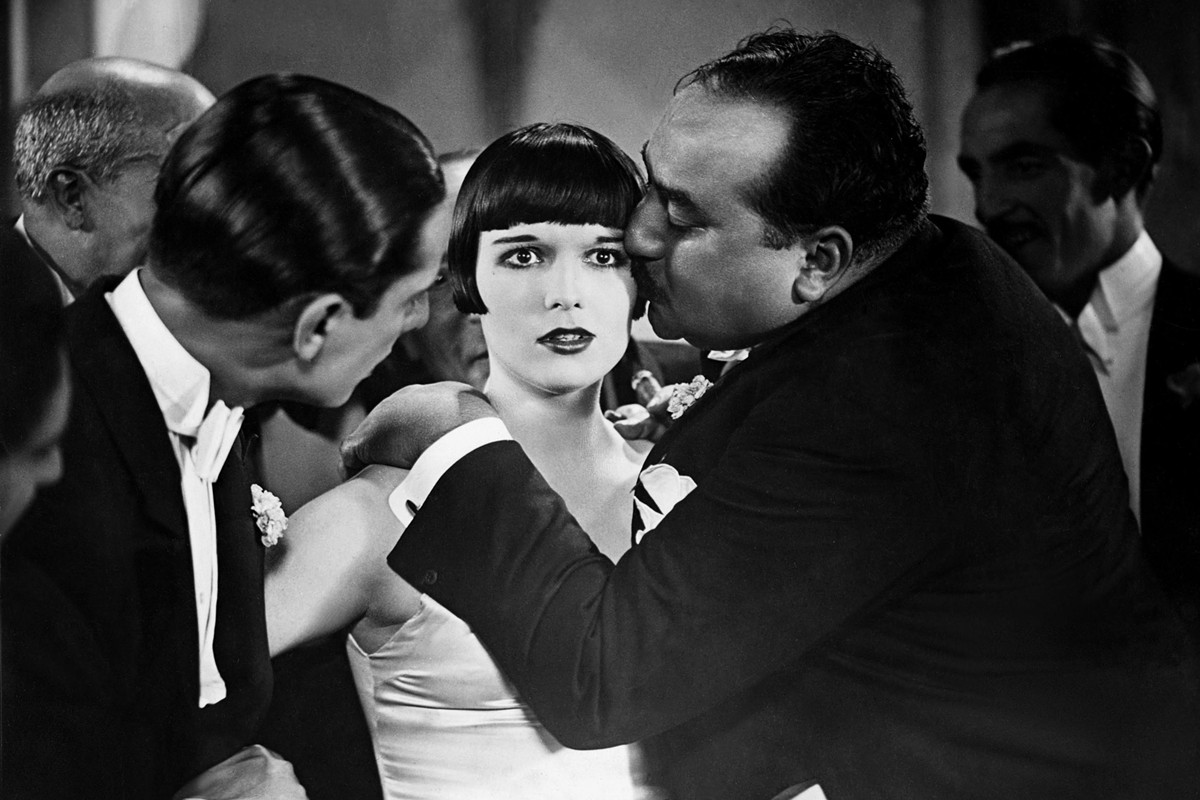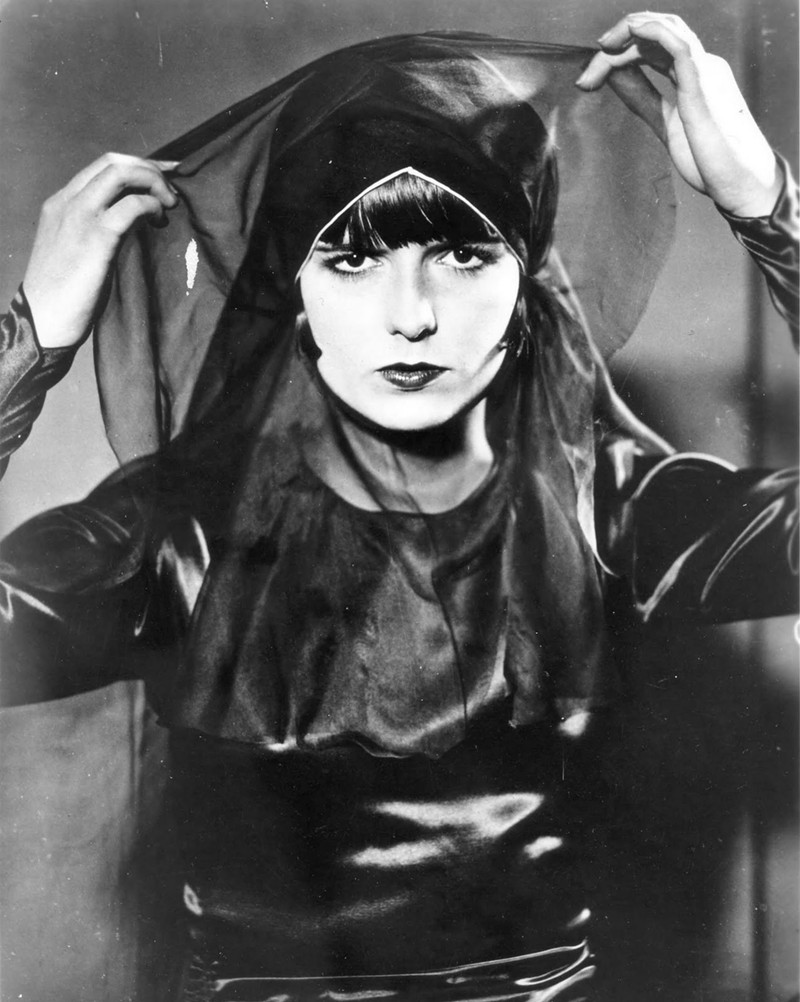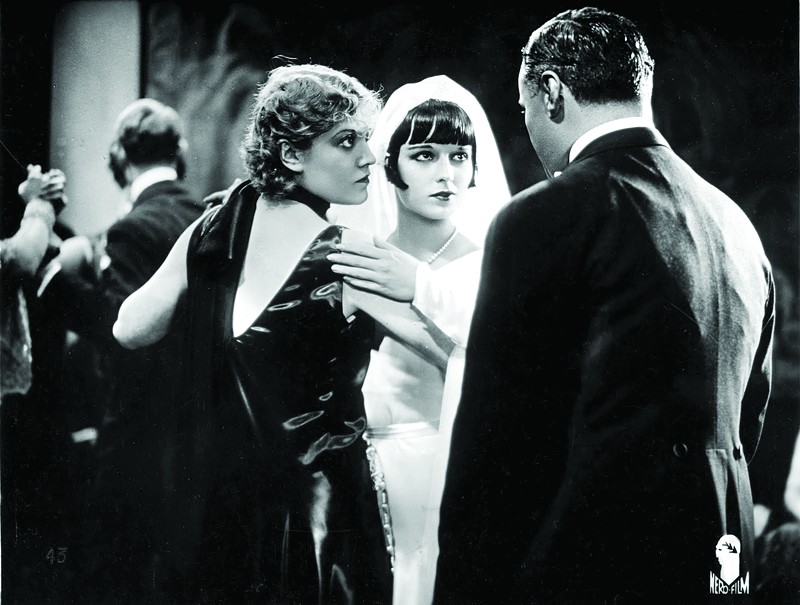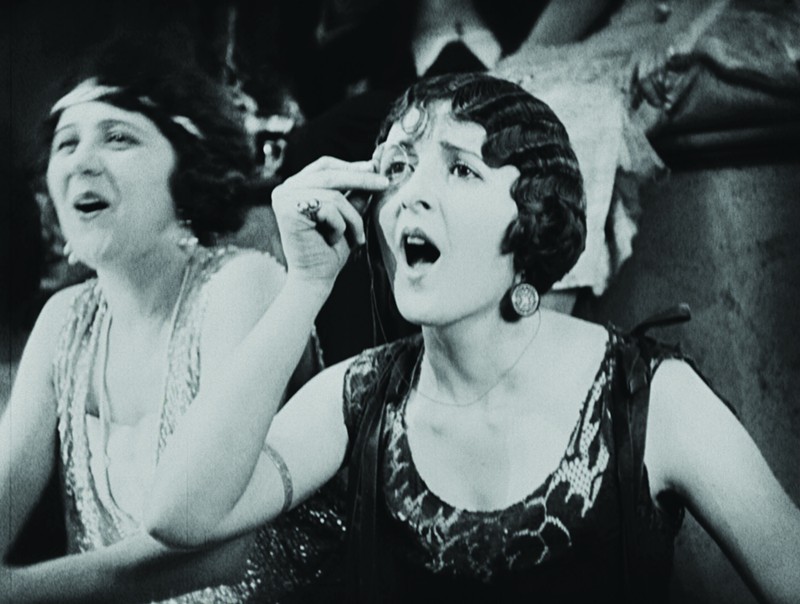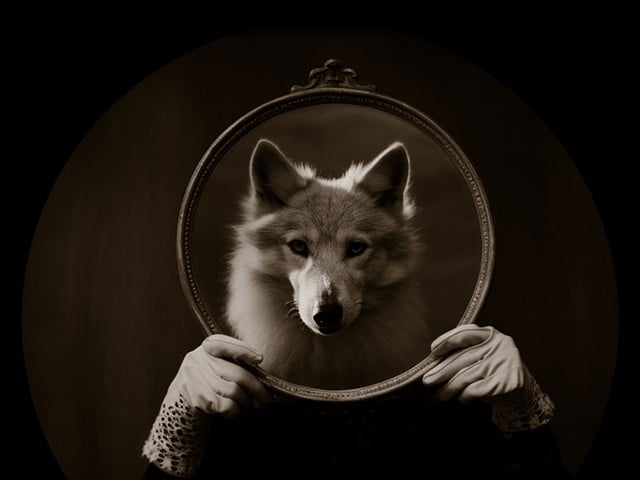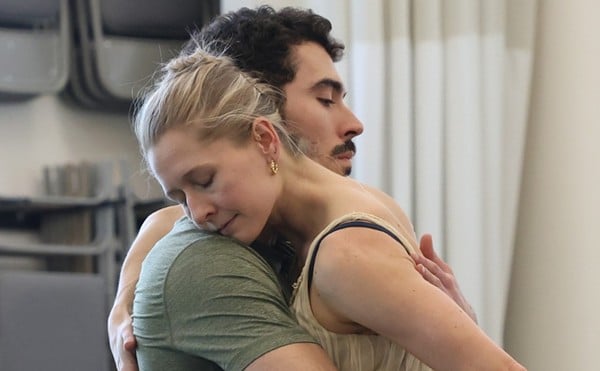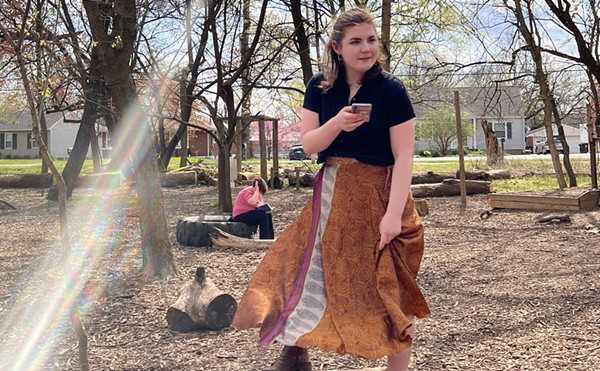Sure, you can escape into the future with tent pole movies like “Dune 2” and “Borderlands,” but if you want to step back in time, you don’t need a new “Downton Abbey” movie, just get thee to an arthouse theatre to watch a remastered classics. The Speed Cinema is bringing three highly regarded films back to the screen for limited runs in March.
The Music Room (Jalsaghar) 1958
March 17
$12/$8 for Speed members
As the Speed Art Museum hosts its first ever exhibition of Indian art, the cinema is bringing genius director Satyajit Ray’s “The Music Room (Jalsaghar)” out for a one time screening. Remembered as the mastermind behind the now classic “Apu Trilogy,” it may be surprising to learn that the second film “Aparajito” was a box office failure. Rather than follow it up with the third film in the series, Ray tried to recover his earlier success by adapting a beloved Bengali short story with music at its center. The Music Room focuses on aristocrat Biswambhar Roy as he avoids his responsibilities to the people and land he lords over, escaping into music despite his inability to pay for his many lavish concerts. The film opens with a steady shot on a candle chandelier that hangs in Roy’s palace. A beautiful work of art from the heyday of the family fortune, it, along with the Indian classical music that fills nearly every moment of screen time, represents a time that Roy longs to return to. As India changes and modernizes around him, his inattention leads to a tragic downfall. “The Music Room” itself is an escape into the past, a time capsule of Indian life in the early 20th century, and a lovely showcase of Indian classical music.
Pandora’s Box (Die Büchse der Pandora) 1929
March 29 & 30
$12/$8 for Speed members
A Woman of Paris 1923
March 30 & 31
$12/$8 for Speed members
www.speedmuseum.org/cinema
While it is optimal to see all film in a theatre setting, seeing silent film in a cinema is the only way to truly appreciate it. At home, it is too easy to check out, especially when generic scores do not engage the ear, and title cards are few and far between. Silent films demand immersion to be affective, the big screen casting a spell that reveals the specific language of the art form. The Speed will show two classic silent films that defined early cinema, though it would take years for the public to appreciate their influence.
It has been 101 years since Charlie Chaplin hit the screen with his second feature film, “A Woman of Paris.” This follow-up to “The Kid” is the first film in which he did not feature, despite his superstar status. A worried Chaplin even went so far as to insert a title card warning the audience that he will not be on screen, despite a small cameo that must have influenced Alfred Hitchcock. In this melodramatic tale, a woman scorned must make her way in the wider world, despite betrayals on all sides. The public rejected “A Woman of Paris,” and Chaplin pulled the film from distribution. The film was restored in 2019 along with a score that Chaplin finished late in life, and which stands as the final completed work of his long, illustrious career.
Two years after Chaplin’s mature and psychologically realistic film was released and then banished, G.W. Pabst delivered the highly anticipated “Pandora’s Box.” Coming during a bridge moment in cinema history as silent films were being overtaken by talkies, star Louise Brooks became emblematic of those left behind by the changes as her tough dealing ways got her ousted from Hollywood. An adaptation of Weimar Republic playwright Frank Wedekind’s “Lulu” cycle, “Pandora’s Box” follows a fiery showgirl who cannot help but lure men into a web of indiscretion and sexual desire. Lulu leads the men (and at least one woman) down a dark path, but unlike the femme fatales featured in film noir, she is not manipulative and conniving, but rather a free spirit and promiscuous with her affection, inspiring murderous jealousy and possession in those around her.
Heavily censored upon release, the film was a box office flop. Though it had a number of underground screenings from 1925 on, it wasn’t officially rediscovered until the 1950s, and not released on home media until the 1990s. The inability to easily see this classic Weimar film meant that generations of film fans had seen Louise Brooks’ iconic look long before they were able to see the film. Mysterious and beautiful with a dancer’s grace, Brooks the actress more than lives up to the promise the stills present. The new remaster of this film digitally erases blurs that have dogged every transfer, presenting a crisp black and white palette. Louise Brooks is a marvel, her effortless style and easy, magnetic presence is a must-see.
Breaking News:
Kentucky Made Films
Tickets for “Wildcat,” the Flannery O’Connor biopic shot in and around Louisville, are now on sale. The screenings will come to the Speed Cinema in May 2024, including one CINEMA+ screening with director Ethan Hawke in person. Tickets available at www.speedmuseum.org/cinema

